Coconut mattresses

Health care has become an integral part of modern life, and sound and healthy sleep is one of the main medicines of our time. Today, there are many foods available to help you get the best sleep possible. These include mattresses made of coconut fibers with an orthopedic effect.
What?
Few consumers fully understand what a coconut mattress is and how it “works”. Meanwhile, this product has won well-deserved attention and a large number of positive reviews on the market. In the production of mattresses, coconut fibers are used in the form of compressed mats, which are not treated with chemicals.
It should be noted that the entire process of creating products is environmentally friendly. This is another advantage of coconut mattresses over other materials - they are hypoallergenic.
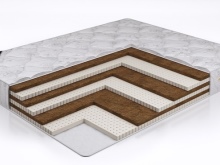

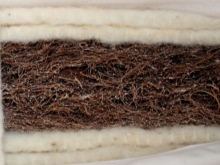
After the coconut is harvested, it is soaked in salt water for several days. Then workers, without using special equipment, manually remove the fibers and give them to the next stage - drying. Dry raw materials naturally, avoiding sun exposure. This method maintains the elasticity of the raw material. After drying, ropes are woven from the material, which are already sent to the factory. There workers unweave them and send them to the press to form mats, which will become part of orthopedic mattresses.
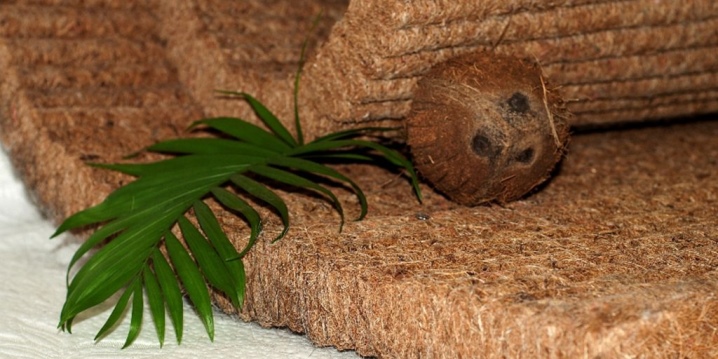
Coconut mattresses, due to their environmental friendliness, are considered one of the most durable and resilient mattresses. But one of the main advantages of such products is high air permeability and resistance to decay. As in any segment of the modern market, there are fakes. Many unscrupulous manufacturers and sellers offer mattresses where natural raw materials, namely fibers, are held together by synthetic substances. The fact of such a replacement of raw materials makes the products of poor quality and they lose their original properties, mainly orthopedic and hypoallergenic.
However, the wear resistance and durability of such products will be much higher than those made from natural fibers without chemical and synthetic impurities.
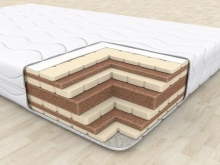
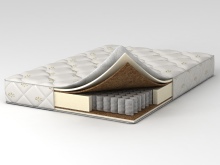
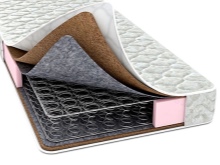
Advantages, benefits and harms
One can talk about the advantages of a coconut mattress for a very long time. This is environmental friendliness, and prevention of orthopedics, and resistance to deformations for a long time. That is why many parents choose mattresses with this particular filler for newborn babies.
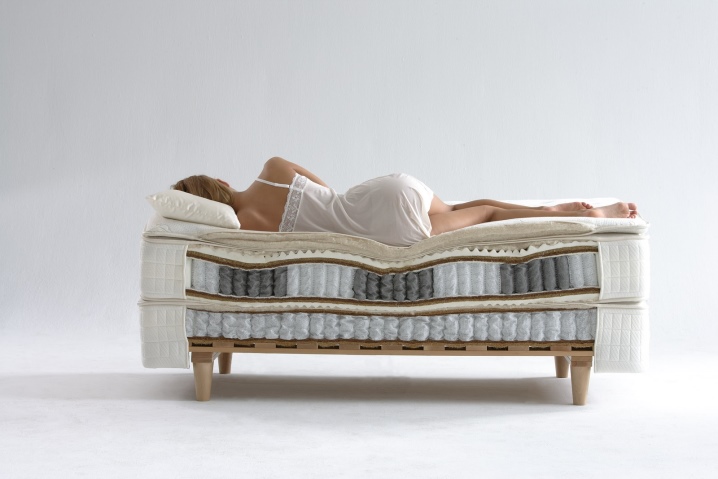
Another main advantage of such a crib filler is that it does not absorb moisture and odors. Not a single stain will remain on it if a child suddenly spills liquid on it. To refresh the mattress, just washing the cover itself will be enough and it can be used again.
In addition, due to the durability of the material, it can be used for many years, being passed down "by inheritance" to relatives or friends after the child grows up.
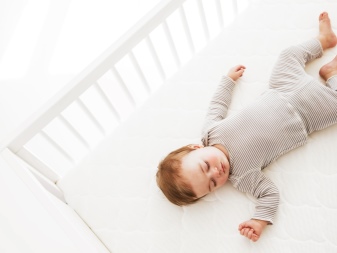
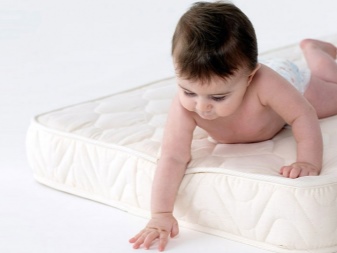
In addition to newborns and babies, a coconut mattress can be recommended by an orthopedic doctor for people suffering from diseases of the musculoskeletal system, since during sleep on such a mattress, body weight is distributed correctly, and the back rests. Despite the fact that coconut coir belongs to natural materials, it is absolutely hypoallergenic, unlike fluff or wool fillers.
It is on this property that manufacturers of mattresses with synthetic fillers "win".
When choosing a mattress, it is very important to study the product passport and pay attention to the smell. If there is a smell of rubber, then, most likely, the manufacturers have replaced the natural material with rubber.
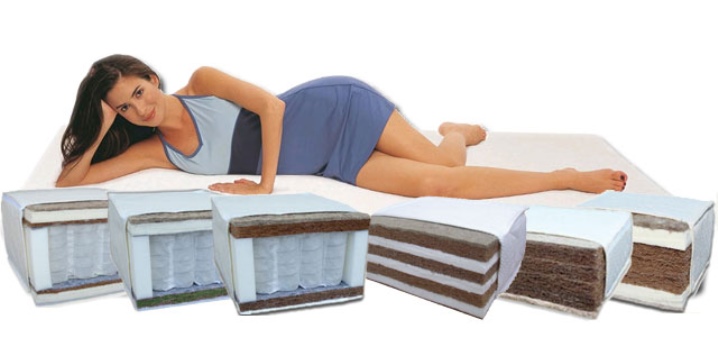
What is better than felt and sisal?
Consider these two fillers independently of each other:
- Sisal. The raw material is extracted from agave leaves and is a very durable material that does not conduct electricity. Another important property of sisal is moisture and heat control. But, despite the positive qualities, the material is too hard and brittle, which indicates the low quality of the finished product.
- Felt, like sisal and coir, it is a natural and environmentally friendly material. Its components are wool and cotton, which make the material strong and tough. Felt is combined with other materials and its interlayers between the top cover and the spring blocks ensure the durability of the product and prevent the springs from bulging.
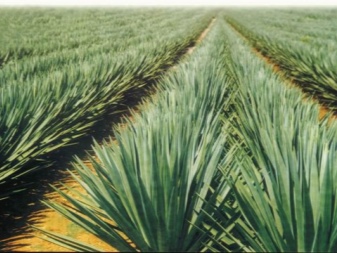

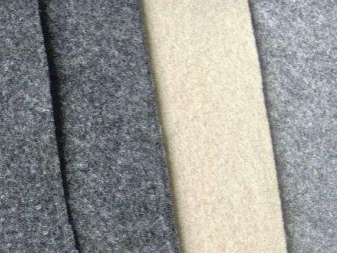
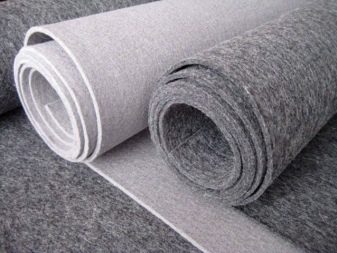
Combinations of felt and coir are not uncommon. This combination adjusts rigidity and provides a comfortable fit. The downside of the felt filler is that in the production of mats, the fibers are glued together with glue with a chemical composition, which entails allergic reactions.
Varieties and technologies for the production of filler
Among coconut mattresses, two main groups of fillers can be distinguished - coir and coconut:
- Coira. This natural material has recently begun to be used in production, but has already caused a general stir. Coir is a fiber of the coconut tree, which has the appearance of thirty-centimeter bunches of brown or brown color. Koira belongs to those materials that are distinguished by high indicators of rigidity and strength, but at the same time it is absolutely soft and comfortable raw material. Mattresses with such a filler do not bend and distribute the load of the body correctly. Coira is divided into several types. The quality of the finished product depends on the selected raw materials. The strongest and most durable option are models with the addition of latex. The only drawback of this tandem is the smell. A less reliable option is pure extruded coir. Although these mattresses are odorless, they are less durable and wear-resistant. Under heavy mechanical stress, the mattress is deformed and ceases to be orthopedic.
Another component that is added to coconut raw materials is polyester fibers. They provide extra strength and are odor-free.
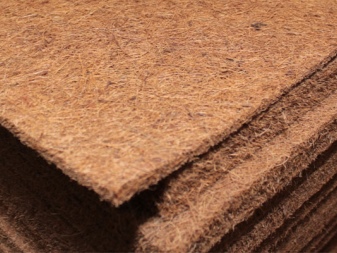
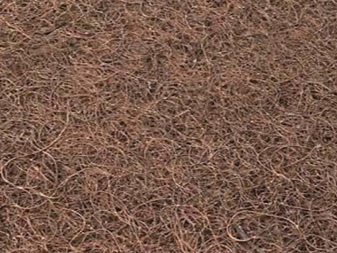
- Coconut flakeslike coir, it is an environmentally friendly and natural material of natural origin. Due to the high content of lignin, a natural polymer, the filler made from coconut flakes is resilient and elastic, but has a shorter service life. From the advantages of this filler, experts distinguish hypoallergenicity and the impossibility of vital activity and development of bed fleas and ticks, therefore, such sleeping accessories are recommended to be purchased for allergy sufferers and people with respiratory diseases.
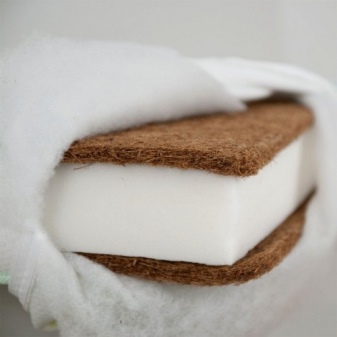
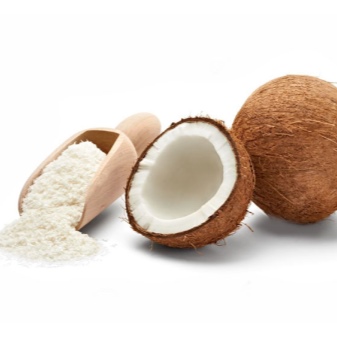
Types of mattress
Like other mattresses, coconut mattresses are divided into spring and springless:
- Springless models are multi-layer and single-layer. They are composed of coir, latex and rubber based glue. The springs are replaced by several layers of coconut slabs, between which the fiber is placed. The rigidity of the product depends on the number of layers.
- Spring loaded... The presence of springs ensures the softness of the product and the presence of a push-out effect. Spring models are divided into two types: dependent and independent spring blocks. The second type is considered the most effective and useful, as the spring blocks allow the mattress to follow the natural curves of the body and support it.
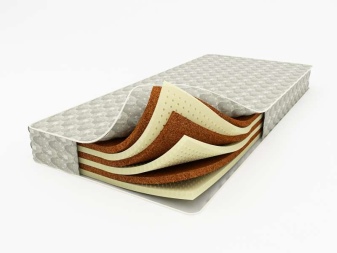


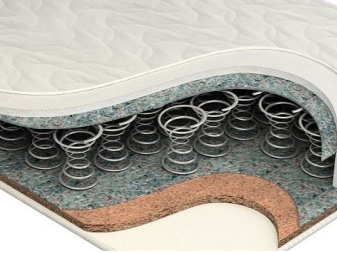
Usually, spring mattresses have a thickness of one to three centimeters, the rigidity and orthopedic properties depend on this indicator.The stores offer models for both adults and children's mattresses for a stroller, crib or bassinet.
For children, experts recommend purchasing double-sided products with a springless base.
In addition to adding latex to the coir and combining these materials on both sides, there is a combined type of product with layers of holofiber, bamboo, buckwheat. These natural materials enhance the orthopedic properties and add a massage effect.
How to choose?
When going to the store for bedding, many questions arise, especially if the product is quite specific. We offer a few simple rules to make your purchase useful:
- First of all, when choosing, pay attention to the composition of the product. The base should include coir and natural latex. For newborns and preschool children, there are double-sided mattresses. The coir surface is intended for children under one year old, so that the spine is formed correctly, the other is the latex side for older children. Natural latex is also tough, but more resilient.
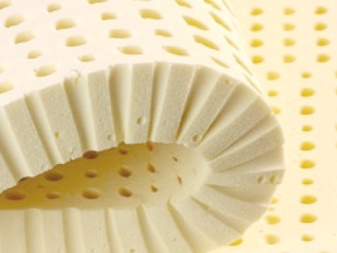
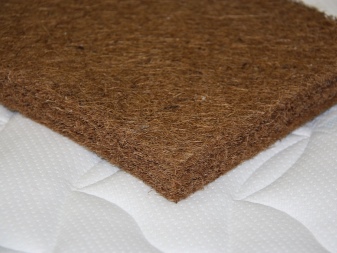
- The second point when choosing is a cover... It should also contain only natural materials. These include jacquard, cotton - they are universal for this type of product. For a comfortable sleep, the skin must breathe, the synthetic materials of the cover interfere with this process. The cover must be removable.
- Membrane mattresses are also available on the market. Such a product is absolutely breathable, but at the same time does not allow moisture to pass through. This option will be appropriate on children's models, so as not to put oilcloth at night.
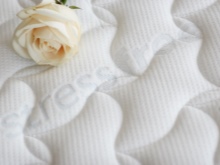


- Another important aspect is the price. It depends on materials, brand and country of origin. When choosing products with low cost, pay attention to the passport and the composition indicated in it. Low-quality and often cheap models are filled not with coconut coir, but with shavings. Such fillers will last for a very short time and quickly deform. The average price of a standard size product starts at 3,500 rubles and can end up to 20,000 rubles. Another 2 price criteria are thickness and stiffness. Thin models of orthopedic mattresses are much cheaper, absolutely, as well as models with the same degree of rigidity. But if the product has two sides (latex and coir), then the price will be higher.
As in any segment of the modern market, there are luxury categories. These include models with a base of independent spring blocks.
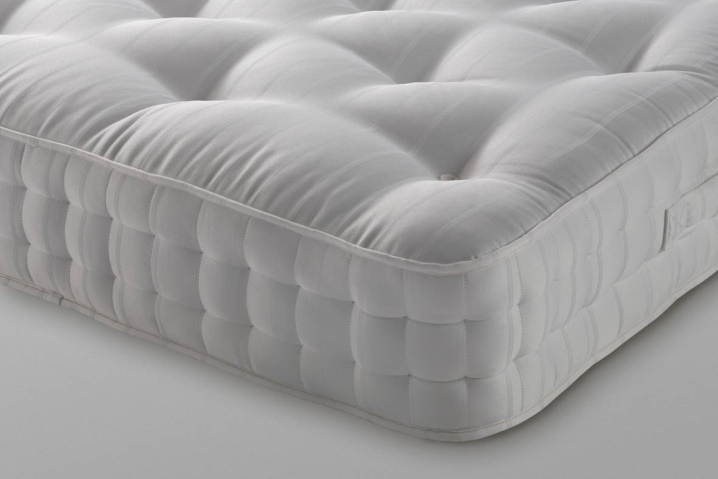
- Rigidity. This criterion is determined depending on the weight of the person. The larger the weight category, the greater the degree of rigidity must be present. However, this is not always the case. A person who is overweight or too heavy and leads a sedentary lifestyle will not feel comfortable on a mattress that is too hard.
- The size. Products come in standard sizes (single, double) and tailored to individual sizes. The first include sizes - 120x60 cm, 160x200 cm, 160x80 cm. But 70x160 cm and 90x200 cm are non-standard sizes and are made to order. Basically, such services are available from official manufacturers and large brands.
- Brand. Of course, it completely affects the price of the product, but this does not mean that good products are only from expensive, advertised manufacturers.
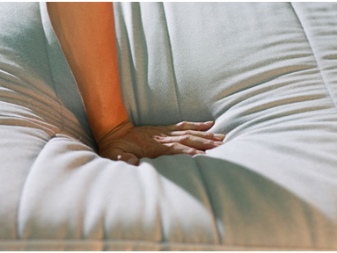

Before you go to the store, you need to carefully study customer reviews on the Internet, perhaps among them you will find a good manufacturer that provides goods at low prices due to the lack of advertising. But do not forget about the large number of substandard fakes under the names of well-known companies. Therefore, choose proven stores of the most popular manufacturers, where experienced sales consultants will be able to find exactly what you need.
And if the product does not meet the stated requirements, you can easily replace it.

Which side to put?
Despite the fact that coconut mattresses have very strong raw materials and a frame, it can still deform where the load is greatest. Therefore, one of the main recommendations is that the mattress should be turned over at least once every two months.
If the mattress has the same degree of firmness on one side and on the other, there is no fundamental difference which side to put it on.
If the product is two-sided, which is often the case on children's models, then in the first year of life it is better to lay the mattress with the hard side up. From one year to teenage, the mattress can be turned over with the latex side. It has an average degree of hardness. But adolescents are better off choosing hard bedding again to prevent the development of scoliosis.

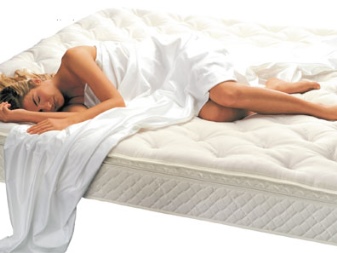
How to care?
To prolong the life of a coconut mattress, it is enough to follow the instructions indicated on the labels or the product passport. But there are some general rules for care:
- Although most manufacturers claim that coconut mattresses are resistant to deformation, the mattress is designed exclusively for sleeping, so do not let your children use it as a trampoline.
- It is better not to twist and fold thin models in half.
- Proper storage is an upright position and a case.
- Improper transportation can also damage the product, so try to carry and transport it only in a straight, unbendable condition.
- The most comfortable temperature for operation is considered to be 18-20 degrees Celsius. And the humidity should not exceed 85%.
- The size of the bed and mattress must match. In addition, it is better to choose a frame made of materials that enhance the orthopedic effect and prevent deformation as a basis.
- Ventilate the mattress as needed and change the side you sleep on.
- Get the help of a professional dry cleaner every few years. The rest of the time, carry out self-processing with a vacuum cleaner or special household chemicals.
For tips on caring for such a mattress, see the next video.
Reviews
Before buying an orthopedic mattress made from coconut raw materials, it is better to read the reviews on the Internet. Most of them will turn out to be positive.
Buyers primarily appreciate the high quality, durability and functionality of such a mattress. Many choose it for children from the first days of life, so that the child's spine and posture are formed correctly. Buyers from an adult audience choose a coconut mattress in order to make their sleep more sound and relax their back after a hard day, as well as avoid scoliosis or correct existing problems.
As for negative reviews, there are fewer of them than positive ones, but they are still there. Mostly negative reviews are due to the fact that buyers want to save money and choose unverified or unscrupulous suppliers and stores. In this case, consumers note the rapid deformation of the products, the smell, the poor quality of the material, which ultimately leads to poor sleep and negative impressions of the product itself.
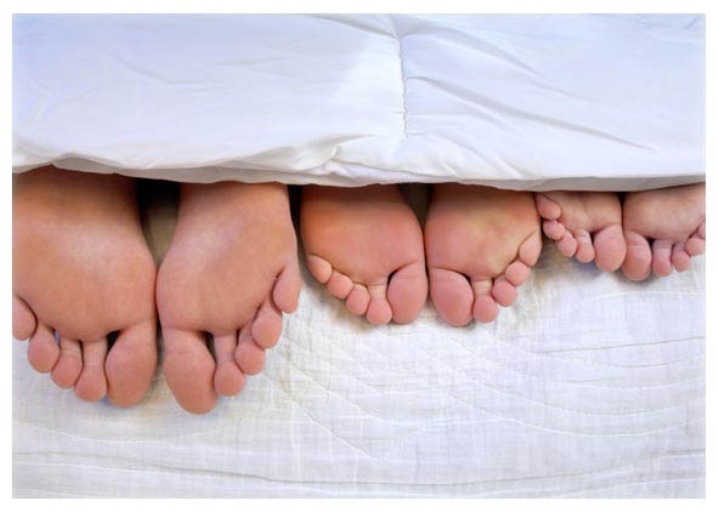













The comment was sent successfully.